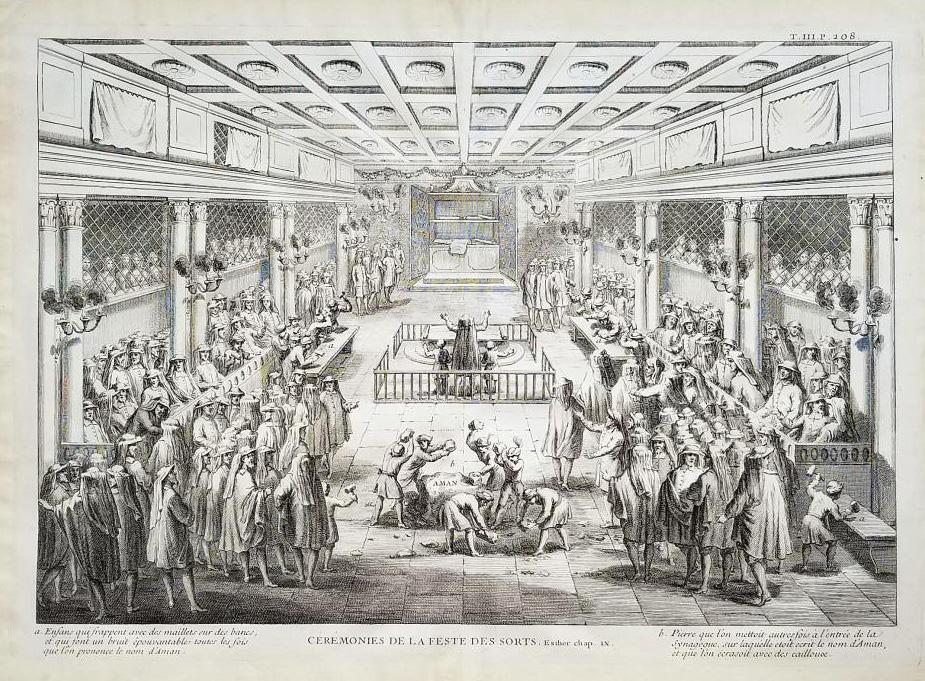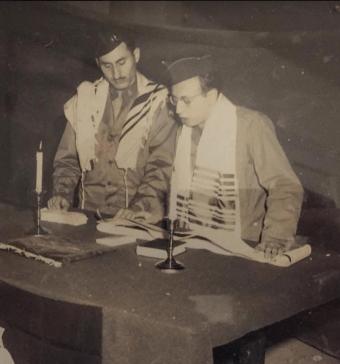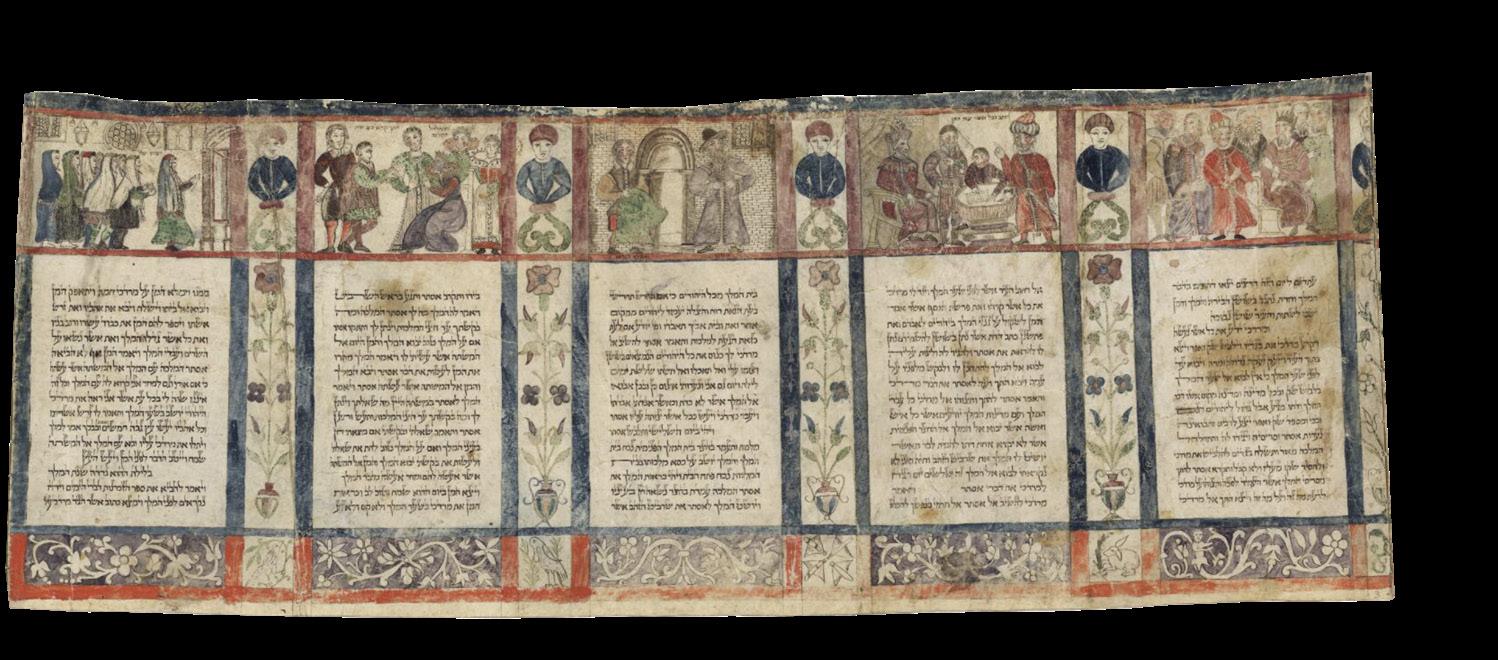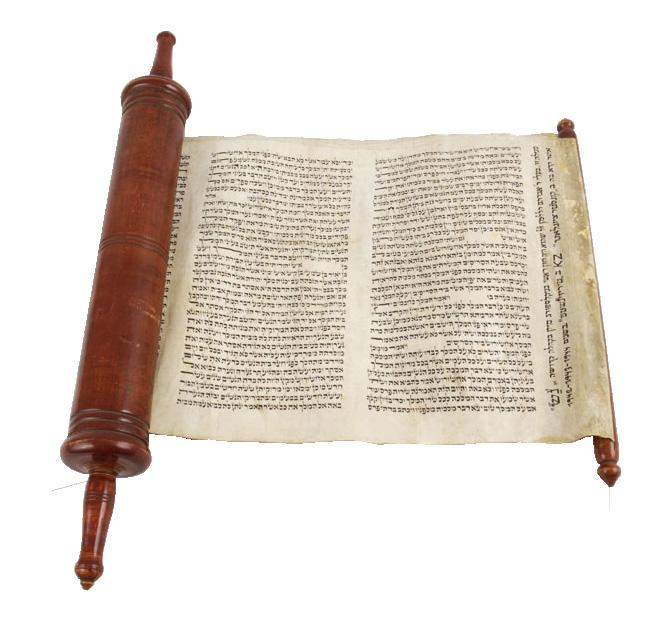
2 minute read
An Immortal Scroll
The National Library of Israel A copper engraving by French monk Augustin Calmet (1672–1757) depicts Purim festivities in 1720 Amsterdam: Haman’s name (colloquially rendered “Aman”) is carved into a large stone, which is brought into the synagogue to be smashed by children clutching smaller stones. The engraving also depicts children pounding a bench with hammers.
Holocaust survivor Reuven Jamnik commemorates Purim 1946 in the Landsberg Displaced Persons Camp by reading the story of Purim while dressed up (per the custom of masquerading on Purim) in his concentration camp uniform.
Advertisement


Italy, 1944, during World War II. Corporal Nathaniel Leiderman reads the Megilah for American Jewish service members. Rabbi Captain Aaron Paperman, a U.S. Army chaplain, is standing to his right.
The National Library of Israel

Yad Vashem Artifacts Archive, Jerusalem Avraham Hellmann brought this Megilah when he was taken to the Theresienstadt concentration camp. He read from it on every Purim until his deportation to Auschwitz. His wife Charlotte survived the war, and the scroll now bears her inscription, telling its story. This Megilah from Ferrara, Italy, is one of the earliest extant, dating back to the year 1616. It features lavish marginalia depicting Esther’s story as illuminated by Midrashic sources, along with faunal and fl oral motifs.

A mid-18th-century Megilah, believed to have originated from the Alsace region. The text is arranged into a series of circles, each surrounded by colorful illustrations and some fanciful creatures. Try to fi nd the unicorn!

Joods Historisch Museum, Amsterdam
The National Library of Israel Commentaries on Megilat Esther appear in many languages. Rabbi Raphael Chaim Pontremoli’s commentary on Esther, printed in Izmir (in 1864) as a part of the Me’am Lo’ez series of biblical commentary, is written in Ladino using Hebrew characters.
The National Library of Israel Some believed this commentary on Esther, written in a Maghrebi dialect of Judeo-Arabic and printed in Livorno in 1759, to be from the great Maimonides. The consensus today is that it was written by a diff erent sage.
The National Library of Israel Printed in Poland, this 1816 edition of Tsenah Ure’enah, a classic Yiddish Torah reader, also contains a Yiddish language rendition of Megilat Esther.
Library of Agudas Chasidei Chabad In th e introduction to his Mechir Yayin, presented here, Rabbi Moshe Isserlis (1530–1572) writes that he composed this commentary on Esther while waiting out an epidemic in 1556, having fl ed Krakow and being unable to perform the regular Purim traditions. At the end of the work, he notes that he sent this book to his father on Purim as mishlo’ach manot.
CHABAD-LUBAVITCH OF WINNIPEG 204.339.8737 JLI@CHABADWINNIPEG.ORG CHABADWINNIPEG.ORG






